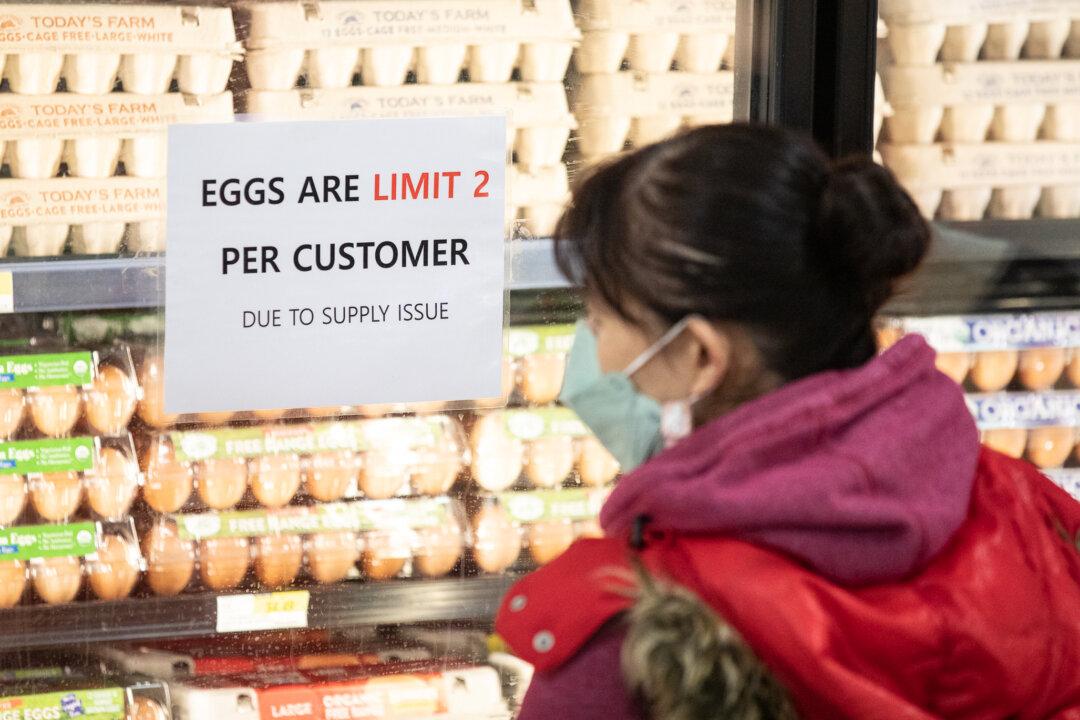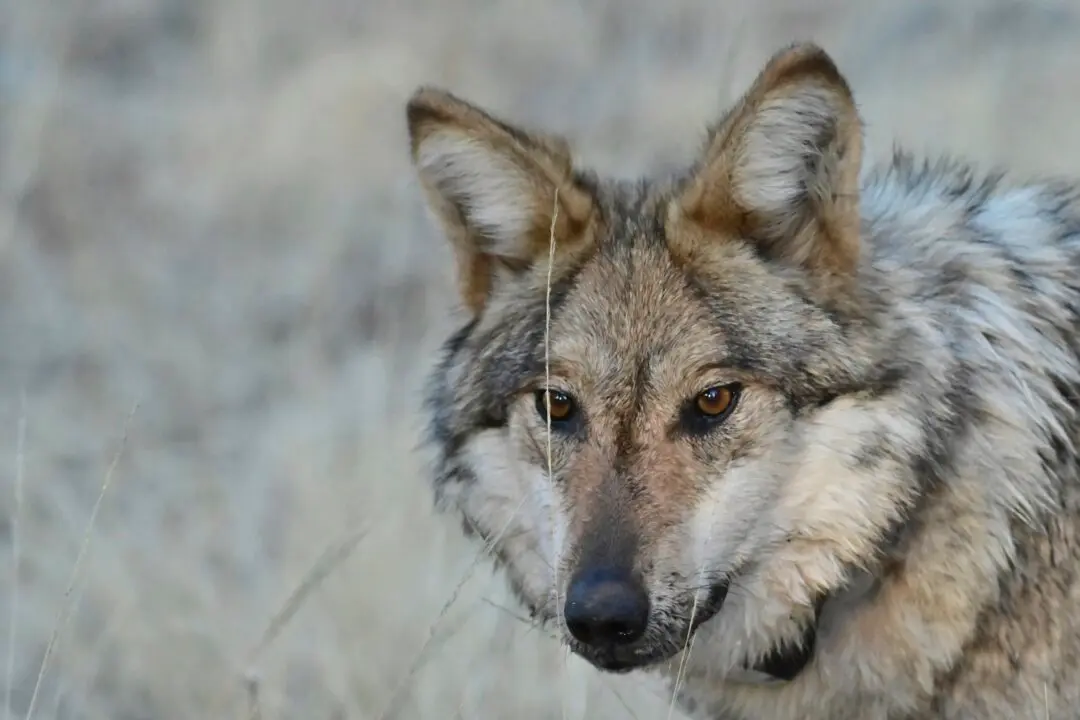Customers have visited Poul’s Bakery in Costa Mesa, California, for 68 years to buy specialty Danish cakes, cannolis, and angel cookies made from scratch.
However, eggs, which are indispensable for the patisserie’s traditional recipes, reached nearly $7 a dozen last week in California.





